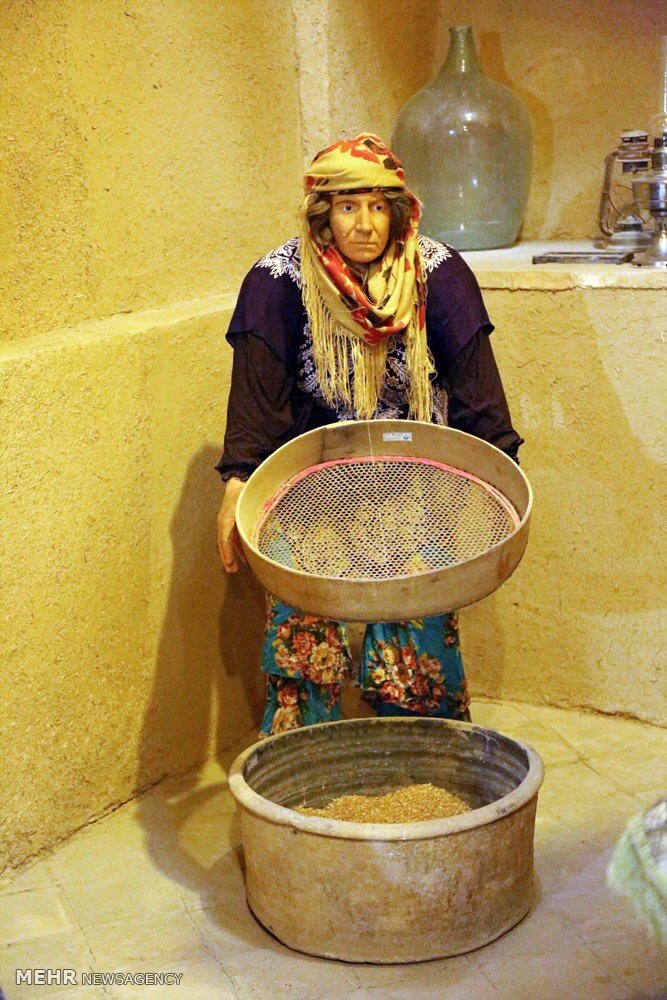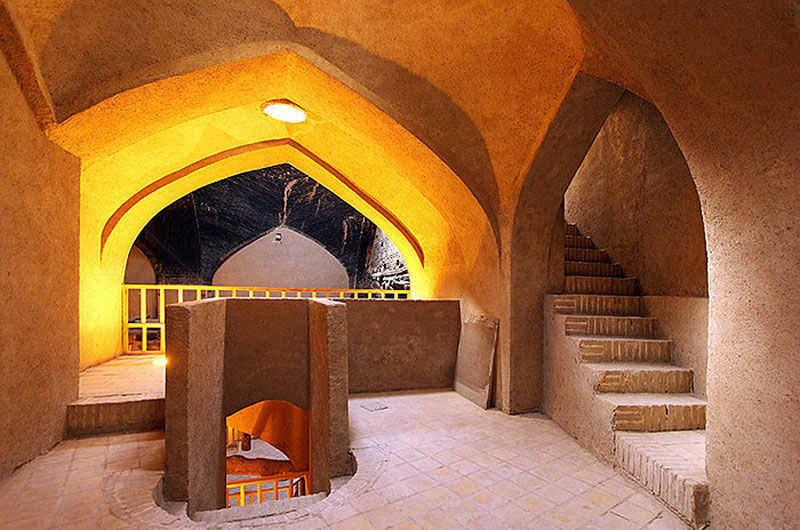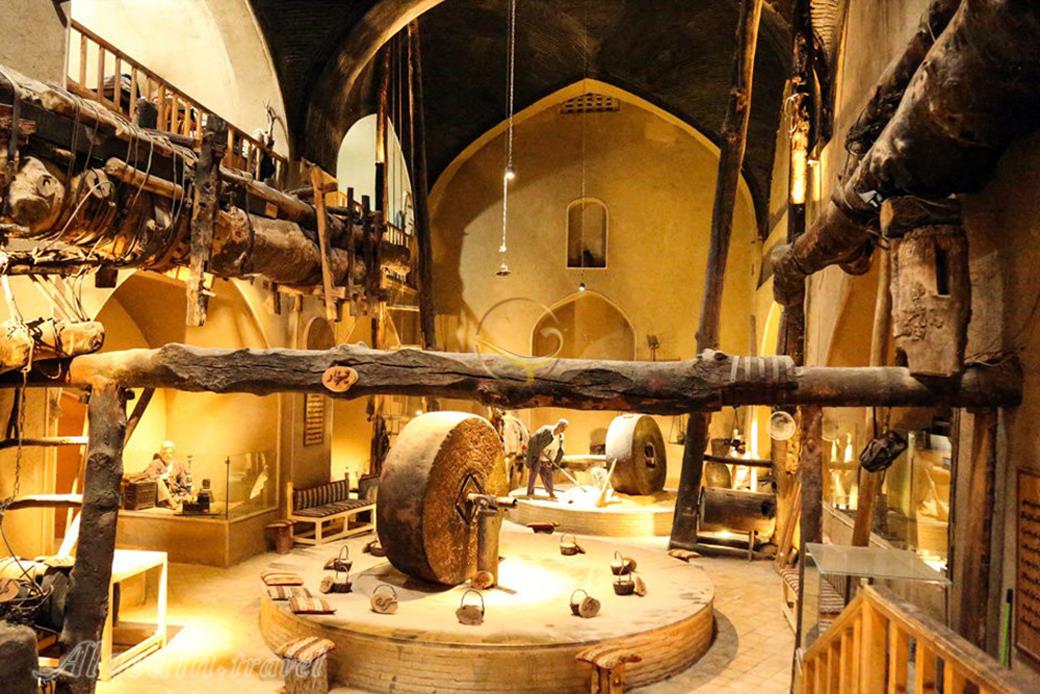TEHRAN – “Assarkhane” is a Persian word equivalent to a traditional oil-extracting factory where special mills are/were used to grind stuff such as stones, turmeric, and pepper. There were many Assarkhanes operational in every corner of Iran in the time of yore.
Assarkhane Shahi in Isfahan, which is the focus of this article, is almost hidden among the labyrinthine bazaar adjacent to the UNESCO-registered Naqsh-e Jahan Square. It’s a museum-like place that turns the spotlight on early technology and everyday life of the people who lived in the last centuries. It also demonstrates how roasted seeds such as castor, sesame, poppy, and sunflower were ground and the extracted oils used in food preparation, soap production, and oil lamps.

Two large round millstones that revolved on each other by ox or camel to grind the seeds; the plantain's trunks that fastened together used for pressing the grinding seeds are amongst highlights of the Assarkhane.
It’s interesting to know that the Assarkhane was built afterward the plantain's trunks had been housed there due to the enormous size of the trunks.
The Assarkhane Shahi with an approximate area of 380 square meters is one of the most important historical and tourist attractions of Isfahan. The main area of the extracting factory was 1,800 square meters in which some portions such as stall, dock, and the Assarkhane entrance have been destroyed.

The entrance to the Assarkhane Shahi, like many other of its counterparts, takes you few steps down to reach the lower basement (or pillar room) which you can encounter stones, barrels, and... showing you clearly the hustles and bustles of the aged company during its heyday.
The building has one floor and designed in three-domed ceiling spaces with some 11 meters height. The shape of ceilings helps to store the extracted oil in the lower temperatures. The seeds were ground down by revolting the millstones and then, the masses of the resultant pulp were flattened on the woven stuff that was made from palm leaves. Then, one by one put them on each other in a wooden cylindrical jar to press them with a large beam and collect the extracted oil in a barrel.

Isfahan is Iran’s top tourist destination for good reasons; its profusion of tree-lined boulevards, Persian gardens, and important Islamic buildings gives it a visual appeal unmatched by any other Iranian city. Moreover, many artisans working here underpin its reputation as a living museum of traditional culture.


No comments:
Post a Comment